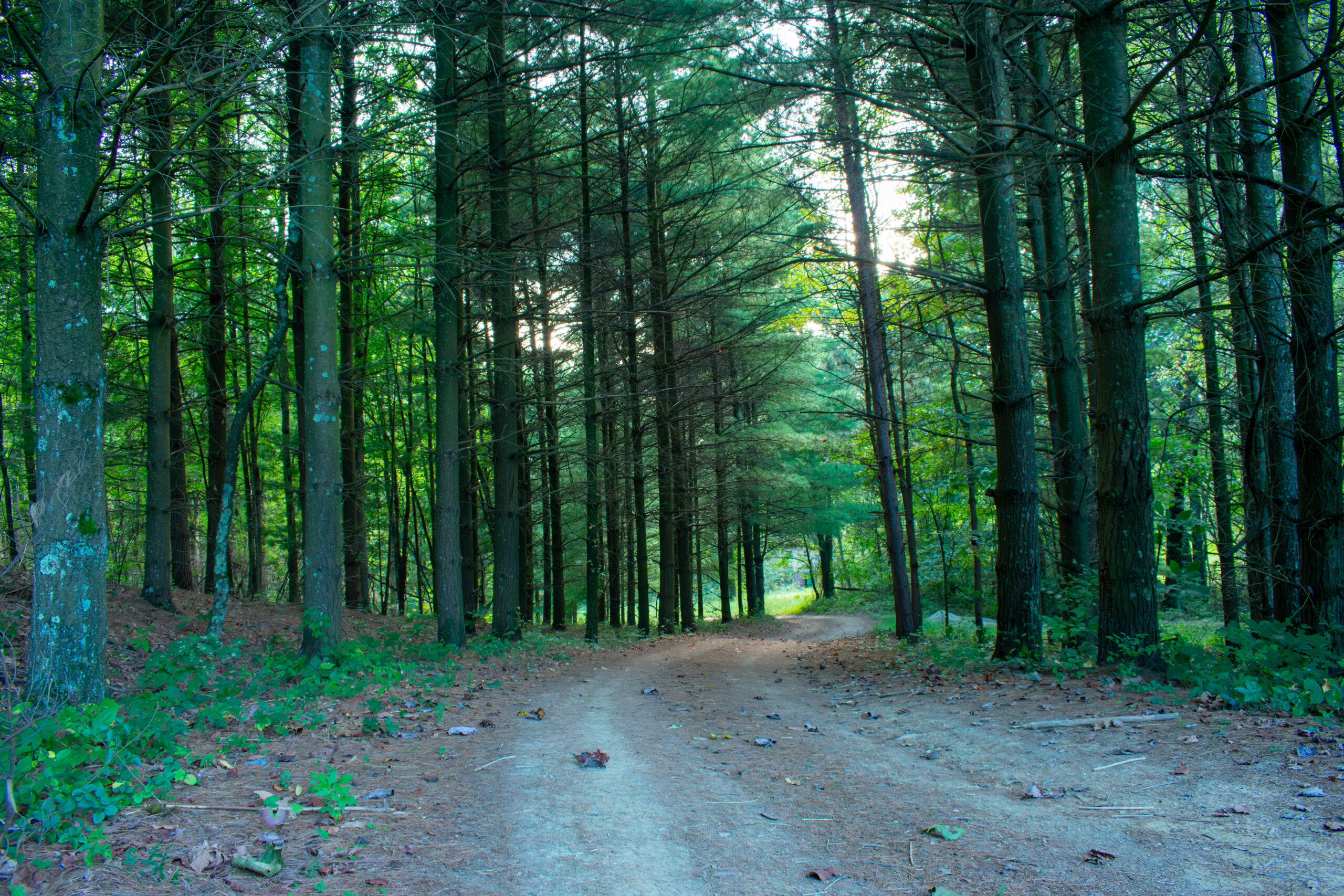
I imagine a world where scientific knowledge provides solutions for every health challenge, enabling everyone to live with autonomy, freedom, and well-being. This vision is the driving force behind my commitment to a life of knowledge acquisition and generation (research).
My fascination with knowledge began early. I still remember holding a flashlight for my dad as he worked under the hood of our family car. Even then, the connection between practical engineering and its tangible outcomes captivated me. As a child, I marveled at the way his knowledge turned perplexing machines into reliable tools. Later, when my endless questions were met with a simple, “I don’t know; ask your teacher,” I discovered a world of textbooks that opened my mind up to physics, biology, and chemistry. I reveled in the idea that the world was predictable—that with the right knowledge, I could understand how to predict the outcomes of different events.
Chemistry, in particular, sparked a unique passion in me. I fondly recall quiet nights around a campfire, mesmerized by the shifting colors of flames and the wonder at each hue. In high school, a general chemistry course introducing oxidation reactions felt nothing short of magical. Fire in all it’s wonder, explained by an equation: hydrocarbons + oxygen + heat -> water + carbon dioxide. I needed to know more. That curiosity led me to pursue higher education. During a visitation day at one of my prospective colleges, Heidelberg University (Tiffin, OH), I sat in on a general chemistry lecture. A sampling of the academic environment, the tour guide call it. At the end of the lecture, the professor asked if any of the prospective students in the back have any questions. I raise my hand and ask if, I could do research at Heidelberg. I hoped not only to acquire knowledge in the courses at Heidelberg, but also to learn what it took to contribute to the knowledge in all the textbooks I had read from.
Two years into my undergrad I was preparing to return to campus for the Spring semester. I was closing out Winter break sharing a late afternoon bowling trip with my hometown friends on a Friday – January 15th, 2016. On the drive back, a drunk driver struck my car head-on at 55 mph.
The crash resulted in a snapped femur, a cracked hip, a broken foot, a lacerated spleen, and multiple surgeries. I spent seven days in the hospital, 33 days restricted to a bed, and 3 months until I could walk unassisted by crutch’s. I insisted to my academic advisor that I wanted to try and complete that Spring semester, only to fail that goal and take a medical withdraw. A life changing event unwilling forced upon my life. And yet, a little over 7 months after the car crash I, under the power of my own two legs, jogged 106 laps around the Heidelberg track completing a marathon a personal testament to my recovery. That experience instilled in me firsthand the transformative power of scientific knowledge. The scars that remain on my skin are not just remnants of trauma; I see them as symbols of perseverance and a tribute to the advancements in knowledge. Consider the evolution of the medical treatments I underwent:
Splenic embolization to treat internal bleeding from a lacerated spleen. High-grade spleen lacerations in the mid 1900s meant splenectomy, a procedure that saved lives at the cost of long-term immune function. Awareness of the role the spleen place in immune response shifted the approach toward preserving splenic tissue, leading to innovative techniques such as partial splenectomy and targeted embolization. Improved imaging and interventional radiology in the late 20th century further refined these methods, allowing clinicians to visualize and control hemorrhage while maintaining vital splenic function. I have an intact functioning spleen today because of these advances.
Take now the treatment of a complete break and displacement of the femur. Early methods using traction or external fixation (extremely long recovery times 4-6 months) gave way to Gerhard Küntscher’s introduction of intramedullary (IM) nailing. Initially, stainless steel rods provided strong fixation but had limitations in biocompatibility. Subsequent research ushered in titanium alloys, celebrated for their strength, light weight, and minimal inflammatory response. Clinical trials in the 1980s and 1990s confirmed that titanium IM rods improved healing outcomes, reduced infection rates, and minimized complications, establishing them as a standard in orthopedic care.
These stories of medical innovation not only enabled my fully autonomous life—they illustrate the profound impact of research. Every discovery, every incremental improvement in technology and technique contributing to knowledge that enables humans to live full lives. I am driven by the belief that through research, we can continue to transform lives, overcome challenges, and inch ever closer to a future where health and well-being are accessible to all.
This story highlights my personal journey overcoming physical trauma, but this story is not about me. To me its about all the people who thought about the world and made honest and accurate observations that might one day be useful to others. From the doctors who get their name on a medical procedure to the graduate students and industry researches who’s names are lost in history. Yet all their contributions live on in the impact the knowledge they contributed has on the people who benefit from that knowledge being known.
I want this vignette to be an invitation to see knowledge acquisition, through basic science or medical application, as a collective effort so that future humans might live a more autonomous and free life. I see it that way and I’d love to work side-by-side with people who share that vision of science.
